At Peak City Veterinary Hospital in Apex, North Carolina, we understand how deeply you care about your pet’s health and happiness. One crucial—yet often overlooked—aspect of their well-being is eye health. Pets rely heavily on their vision for navigation, safety, and daily interactions. Unfortunately, many eye conditions can develop subtly, and without early intervention, they may lead to severe discomfort or vision loss. This guide will help you recognize the most common eye issues and understand when immediate veterinary care is needed.
Why Pet Eye Health Matters
A pet’s eyes aren’t just expressive—they’re essential. Vision problems can interfere with your pet’s ability to move confidently through the world and significantly reduce their quality of life. Some issues arise gradually, while others escalate quickly, becoming medical emergencies. That’s why prompt identification and treatment are so important.
The Importance of Owner Awareness
You are your pet’s first line of defense. Subtle signs like squinting, eye redness, cloudiness, or excessive tearing should never be ignored. Brachycephalic breeds (such as Pugs, Bulldogs, and Persian cats) are especially vulnerable due to their eye anatomy and often require closer monitoring.
Explore more on common eye conditions in animals to better understand your pet’s risks. If you are worried, move fast- eye problems can worsen quickly and are extremely painful.
Common Eye Conditions in Pets
Conjunctivitis (“Pink Eye”)
Conjunctivitis is a common but treatable inflammation of the eye membrane.
- Symptoms: Redness, discharge, swelling, squinting, and frequent blinking.
- Causes: Allergies, bacterial or viral infections, irritants like dust or smoke.
- Treatment: Most cases are resolved with prescription drops or ointments.
Learn more in this overview on conjunctivitis in dogs and cats.
Corneal Ulcers
A corneal ulcer is an erosion or scratch on the surface of the eye. Without treatment, it can quickly worsen.
- Symptoms: Cloudy eyes, light sensitivity, eye rubbing, excessive tearing.
- Causes: Trauma, foreign bodies, dry eye, or underlying infections.
- Treatment: Topical antibiotics and pain management; severe cases may require surgery.
Check out this corneal ulcer guide for pet owners for detailed care tips.
Cataracts vs. Nuclear Sclerosis
Not all cloudy eyes mean cataracts. Some pets develop nuclear sclerosis, a normal aging change, while others develop true cataracts that impair vision.
- Symptoms: Bluish or whitish haze in the lens, bumping into objects.
- Treatment: Surgery is often the only solution for advanced cataracts.
Understand the difference with this breakdown.
Glaucoma
This serious condition involves increased pressure within the eye, which can lead to blindness if not treated urgently.
- Symptoms: Pain, red or enlarged eyes, cloudy cornea, loss of vision.
- Treatment: Medications or surgery depending on the cause and severity.
Entropion (Inward-Rolling Eyelids)
This painful, often inherited condition causes the eyelid to roll inward, letting eyelashes rub directly on the eye’s surface.
- Symptoms: Eye redness, discharge, frequent blinking, irritation.
- Treatment: Surgical correction is typically needed to prevent long-term damage.
Learn about entropion and corrective options.
Keratoconjunctivitis Sicca (Dry Eye)
This chronic condition reduces tear production, leading to dryness, inflammation, and potential corneal damage.
- Symptoms: Thick discharge, red eyes, recurrent infections, squinting.
- Treatment: Lubricating drops, immunosuppressive therapy, or surgery in severe cases.
Explore diagnosis and treatment of dry eye in dogs.
Pannus (Chronic Superficial Keratitis)
More common in breeds like German Shepherds, pannus is an immune-mediated condition that causes progressive cloudiness and pigmentation of the cornea.
- Symptoms: Cloudy or pink growth over the eye surface, worsened by UV exposure.
- Treatment: Lifelong management with topical steroids and sun protection.
Find out more about pannus and breed-specific risks.
Recognizing Eye Emergencies
Seek emergency care immediately if your pet shows:
- Sudden vision loss or disorientation
- Eye bulging, protrusion, or sinking
- Bleeding in or around the eye
- Thick yellow-green discharge
- Intense squinting or facial sensitivity
These could indicate serious conditions like lens dislocation, tumors, or optic nerve inflammation. Learn more from this emergency guide and Merck’s resource on eye emergencies.
Ocular Tumors and Cancer Risks
Eye tumors in pets can be benign or malignant, with signs often overlapping other eye issues. If a mass is visible or the eye changes shape, prompt evaluation is needed.
Read about ocular tumors and clinical approaches and canine eye cancers.
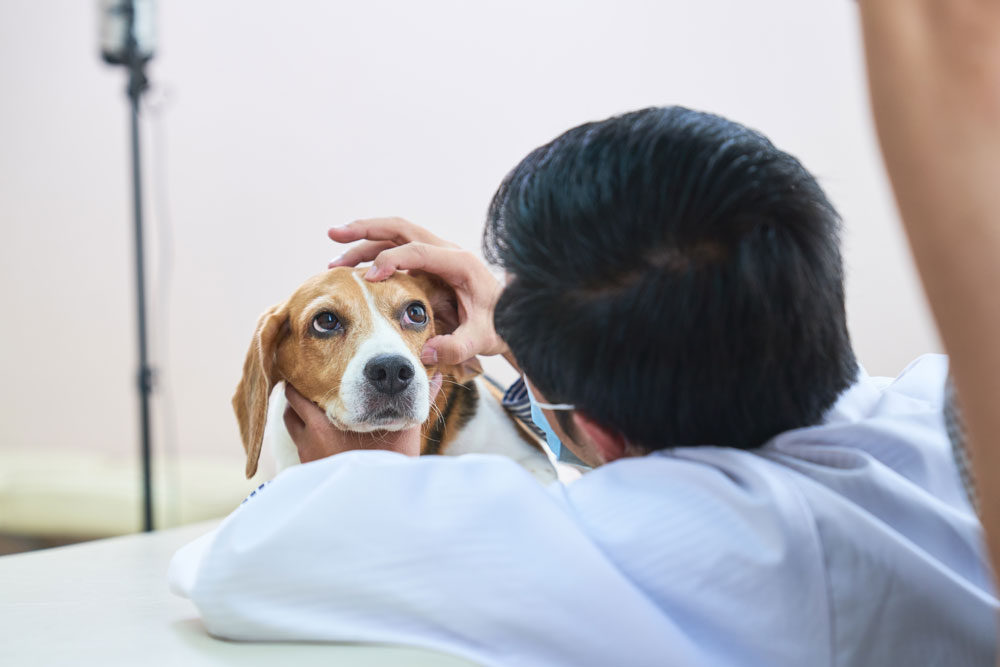
Diagnostic Tools Used by Vets
- Fluorescein Stain – Detects corneal ulcers.
- Tonometry – Measures intraocular pressure (important for glaucoma).
- Ophthalmoscopy – Examines the retina and optic nerve.
- Schirmer Tear Test – Identifies dry eye disorders.
Each tool plays a vital role in accurate diagnosis and early intervention.
Prevention Tips for Pet Eye Health
- Schedule regular veterinary exams—especially for high-risk breeds.
- Trim fur around the eyes to avoid irritation.
- Avoid letting pets ride with their heads out car windows.
- Use pet-safe eye flushes when needed.
- Watch for early symptoms and act quickly.
For cat-specific insight, explore feline vision issues and their causes.
Protect Your Pet’s Sight
Your pet’s eyes are as vulnerable as they are vital. Whether you notice a mild change in appearance or a sudden shift in behavior, don’t delay. With attentive care and regular check-ups, most eye conditions can be managed—or even prevented—before they affect your pet’s quality of life.
If you’re ever unsure, please contact Peak City Veterinary Hospital for expert support. We’re here to protect your pet’s vision—and their everyday joy.


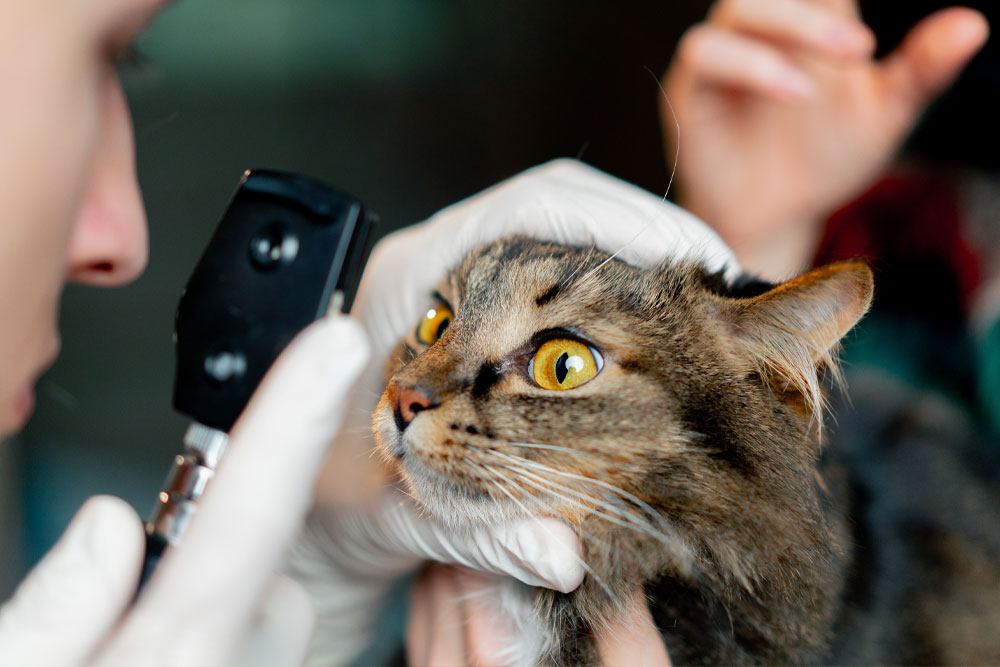

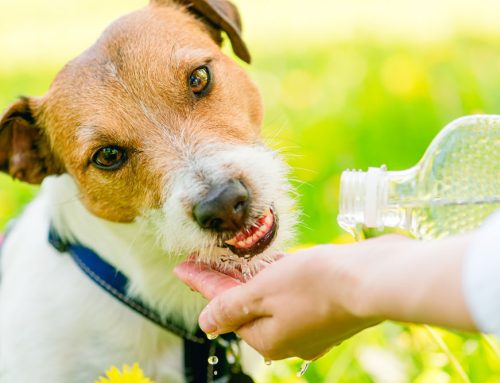
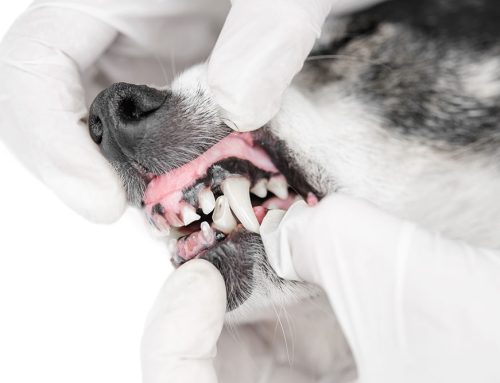
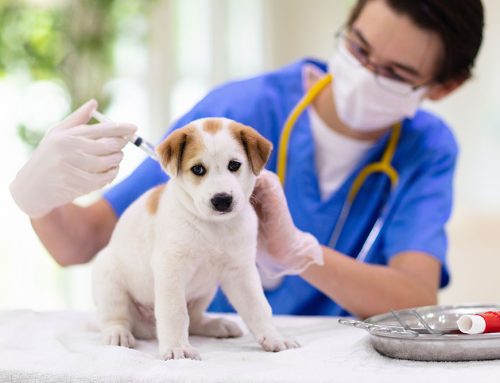


Leave A Comment